DTP: C-CLEAR
Profile: Zosia Staniaszek | Yusuf Hamied Department of Chemistry (cam.ac.uk)
DTP: C-CLEAR
Profile: Zosia Staniaszek | Yusuf Hamied Department of Chemistry (cam.ac.uk)
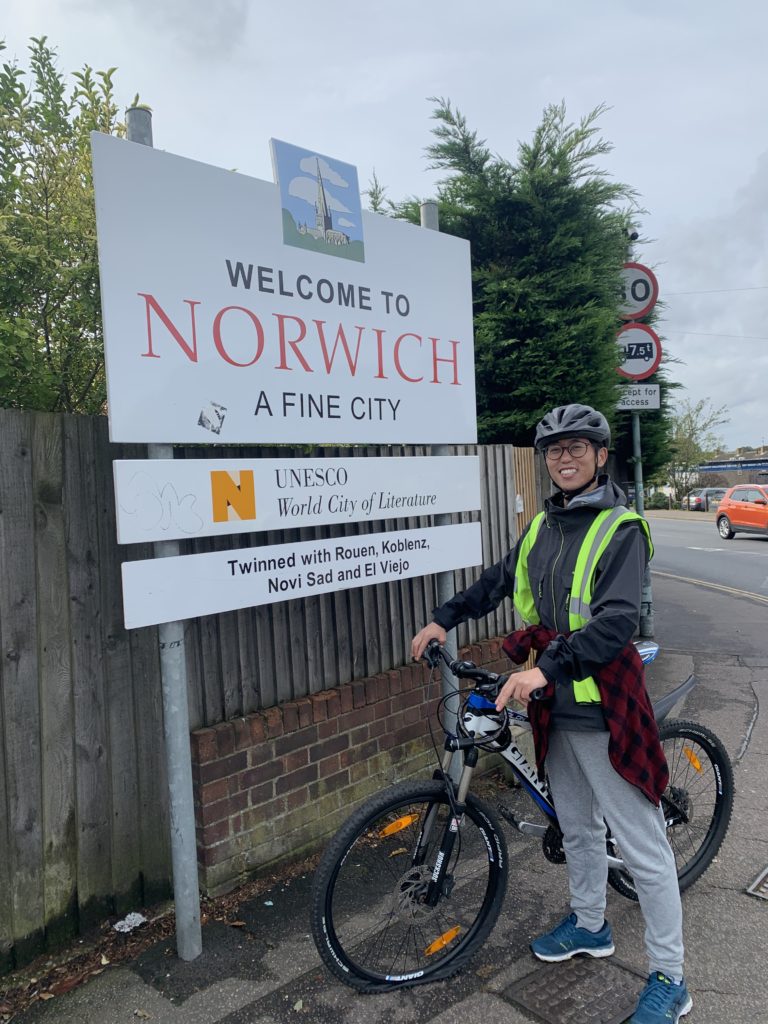
I am a PhD student majoring in environmental science at the University of East Anglia (UEA) and Plymouth Marine Laboratory (PML). Dorothee Bakker (UEA), Peter Liss (UEA), Tom Bell (PML) and Mingxi Yang (PML) are my supervisors. I was studying marine science (2012-2016) and physical oceanography (2016-2019) at the Ocean University of China.
I am interested in the air-sea gas exchange processes and the ocean uptake of atmospheric carbon dioxide (CO2). I am now using direct air-sea CO2 flux measurements by eddy covariance (EC, Figure 1) from 5 cruises to study uncertainties in EC flux measurements and factors affecting the gas transfer velocity as well as the influence of shallow stratification due to sea ice melt on indirect air-sea CO2 flux estimates. I will also study the gas transfer velocity and the shallow stratification regionally and their impacts on the global air-sea CO2 flux estimates.

Figure 1. The ship-based eddy covariance system: 1) Sonic anemometer, 2) Motion sensor, 3) Air sample inlet for gas analyser, 4) Datalogger/gas analyser (Dong et al., 2021). (The photos of the ships and instruments were taken by Tom Bell and Mingxi Yang)
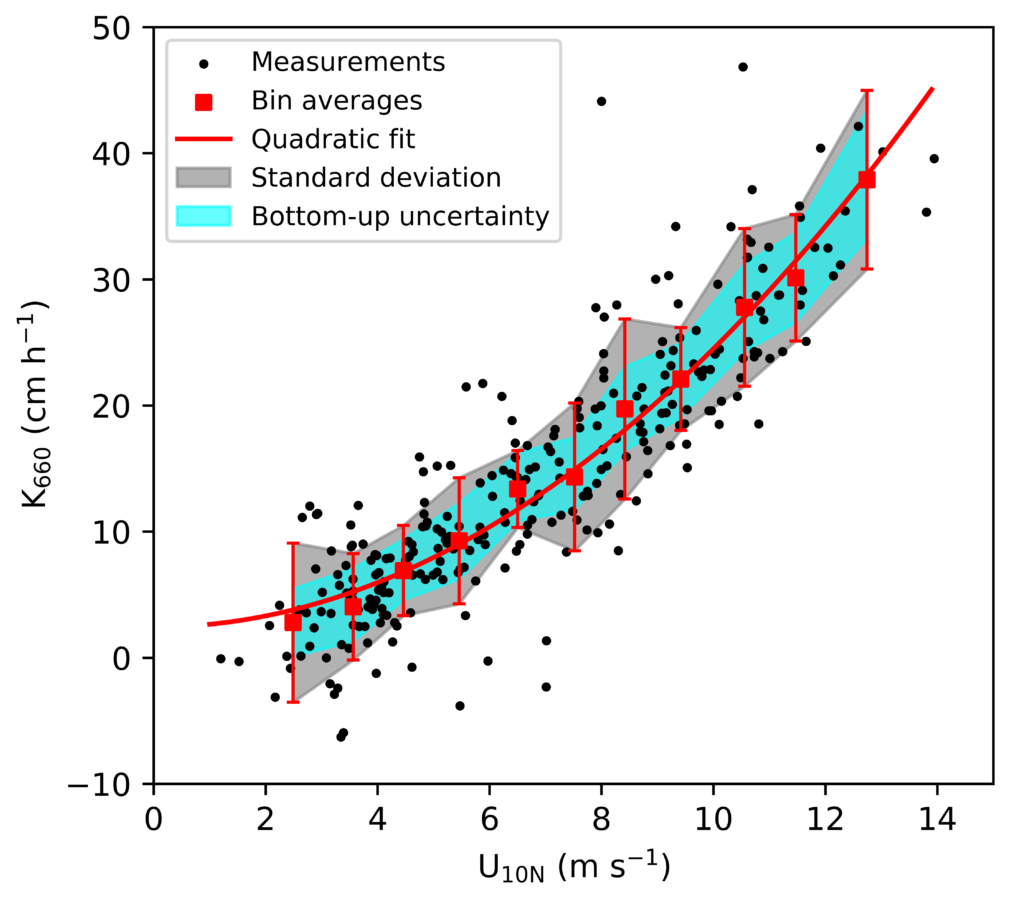
Figure 2. Gas transfer velocity (K660) measured on Arctic cruise JR18007 versus wind speed (U10N) (Dong et al., 2021).
I recently submitted a paper titled ‘Uncertainties in eddy covariance air-sea CO2 flux measurements and implications for gas transfer velocity parameterisations’ (Figure 2) to Atmospheric Chemistry and Physics (ACP) and now this paper is published as a ACP discussion paper (Dong et al., 2021, https://doi.org/10.5194/acp-2021-120). Another paper possibly titled ‘The impact of shallow stratification on air-sea CO2 flux in the summer Arctic Ocean’ is being revised.
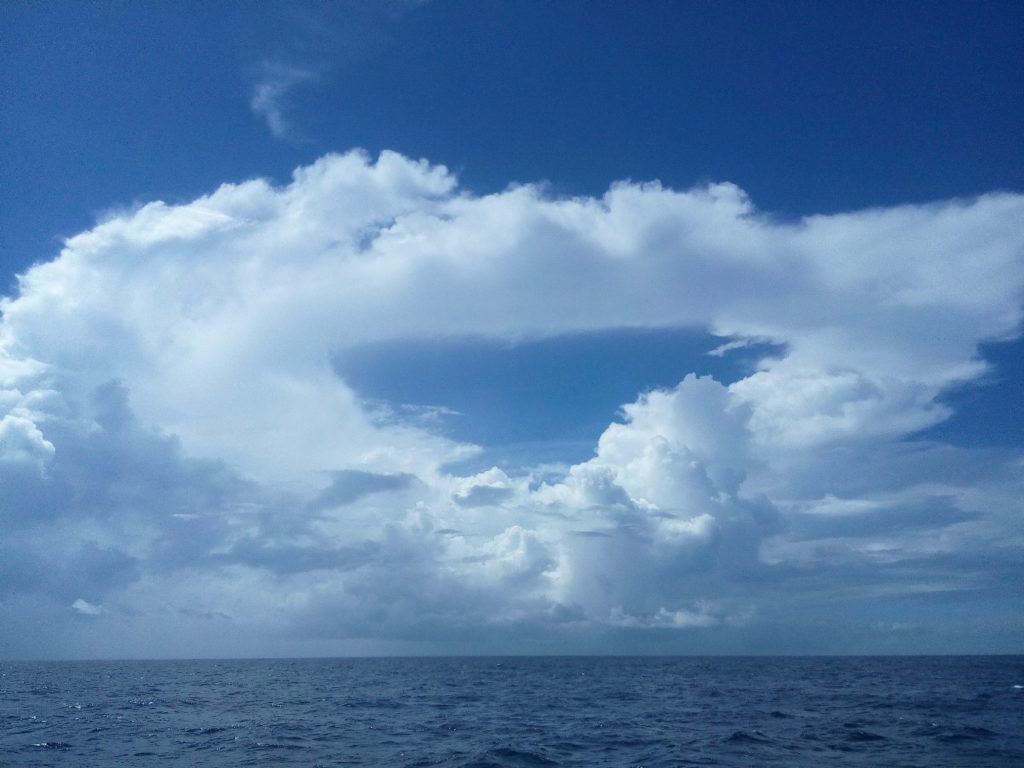
Figure 3. A heart-shaped cloud taken on the sea.
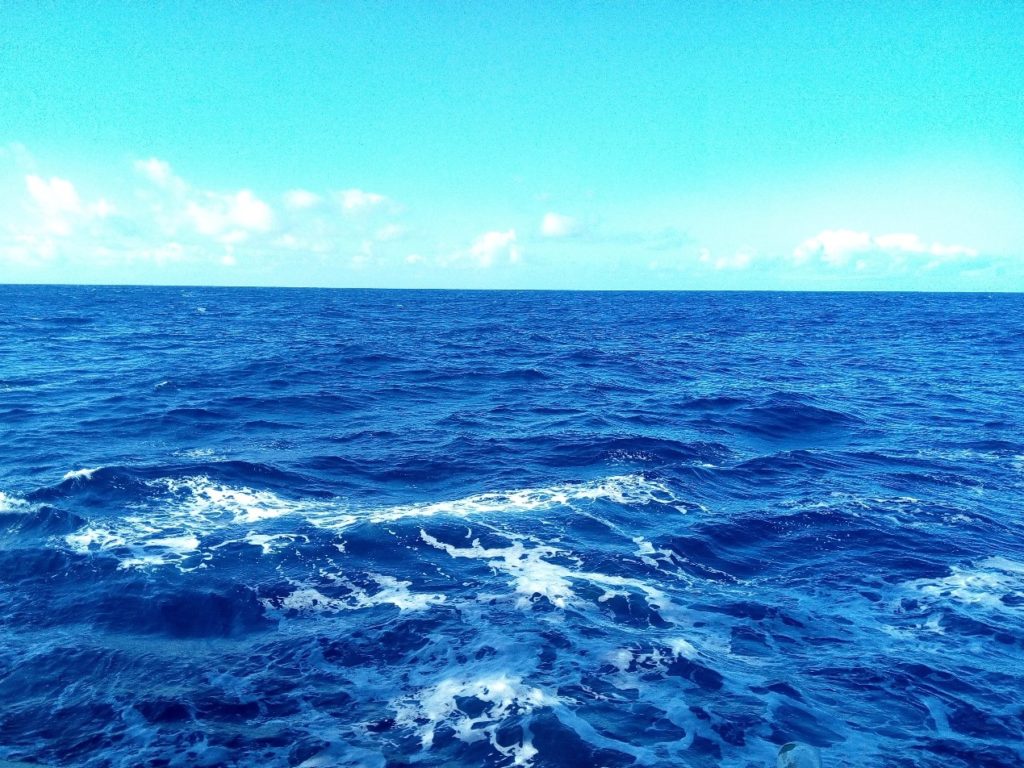
Figure 4. The seawater in the west Pacific Ocean with the transparency higher than 40 m.
I have been on two open ocean cruises (the Pacific Ocean and the Indian Ocean, Figure 3 and 4) and was responsible for part of the physical oceanography and meteorological observations. I will be likely to join an Atlantic (Atlantic Meridional Transect) cruise for the direct air-sea CO2 flux measurements in 2022.
I have expertise in data processing using Python and Matlab. I have a wide range of interests in sports like cycling, basketball, football, and table tennis.
Reference
Dong, Y., Yang, M., Bakker, D. C. E., Kitidis, V. and Bell, T. G.: Uncertainties in eddy covariance air-sea CO2 flux measurements and implications for gas transfer velocity parameterisations, Atmos. Chem. Phys. Discuss., 1–43, 2021.
DTP: C-CLEAR
DTP: EnvEast
DTP: C-CLEAR
DTP: ARIES
I am a second year PhD researcher at the University of East Anglia under the supervision of Dr. Laura Lehtovirta. My research focuses on studying archaeal ammonia oxidisers that are key players in the biogeochemical cycling of nitrogen through their role in the nitrification process. Biological nitrification has adverse environmental consequences as it contributes to the loss of soil nitrogen and the production of greenhouse gasses. This requires an in-depth understanding of the archaeal ammonia oxidation pathway and the molecular mechanisms that facilitate AOA adaptation to their environments. Unfortunately, these organisms (AOA) are currently not genetically tractable which limits their study to ‘OMIC’-based analyses and tedious physiology-based studies. To address this issue, this project aims to develop genetic tools for a model AOA which will facilitate in vivo functional studies to better understand the molecular mechanisms of ammonia oxidation.
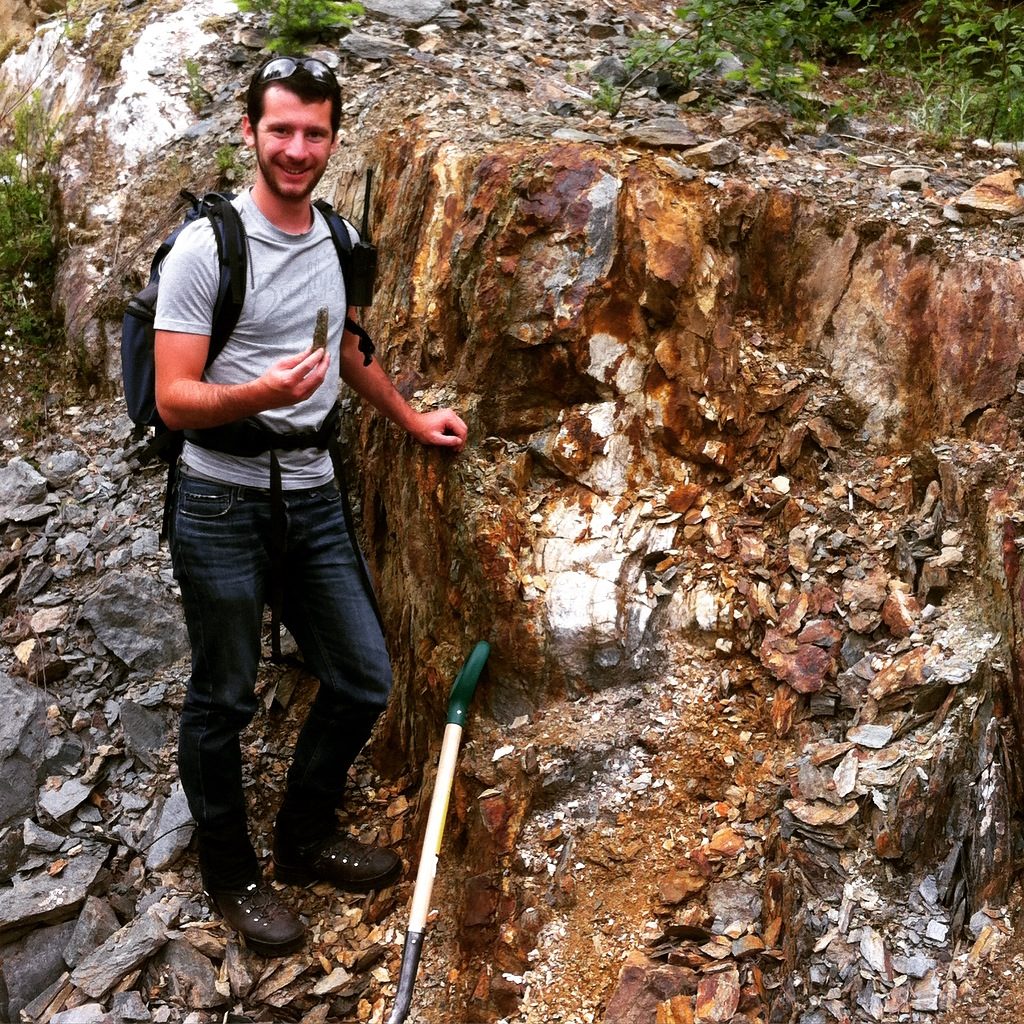
Email: timothy.b.armitage@durham.ac.uk
Twitter: @timarmitage2
Website: http://www.timarmitage.co.uk
I am a structural geologist and geochemist with interests in plate tectonics and fault zone mechanisms. My PhD has focussed on understanding the geological history of ancient deactivated faults on Shetland, Scotland. Although now tectonically stable and deactivated, Shetland’s faults show a long geological history from deep in the Earth’s crust. Using remote sensing, fieldwork and microscopic (SEM) analysis, I have been able to determine the processes active during fault zone deformation. By measuring the isotope geochemistry from Shetland faults, I have also constrained when and for how long faults were deformed while deep in Earth’s crust. This research is analogous to currently active tectonic regions on Earth while also explaining ancient tectonic plate movements across the North Atlantic. From my research, I have gained specialist skills in geospatial mapping, SEM analysis and isotope geochemistry.
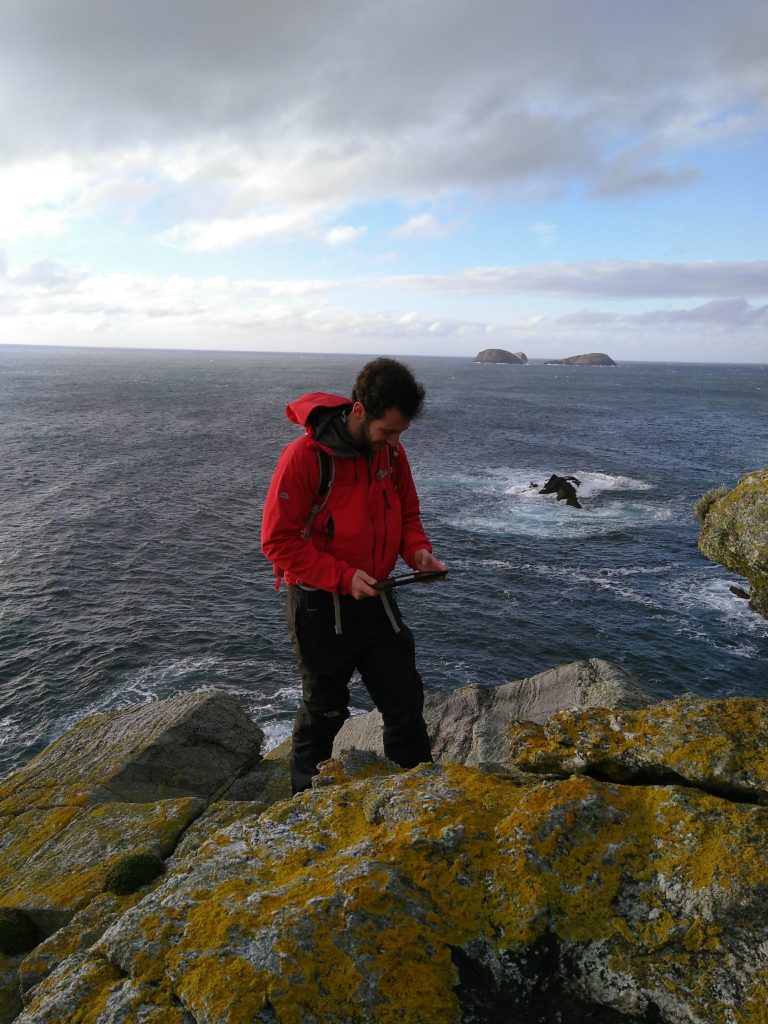
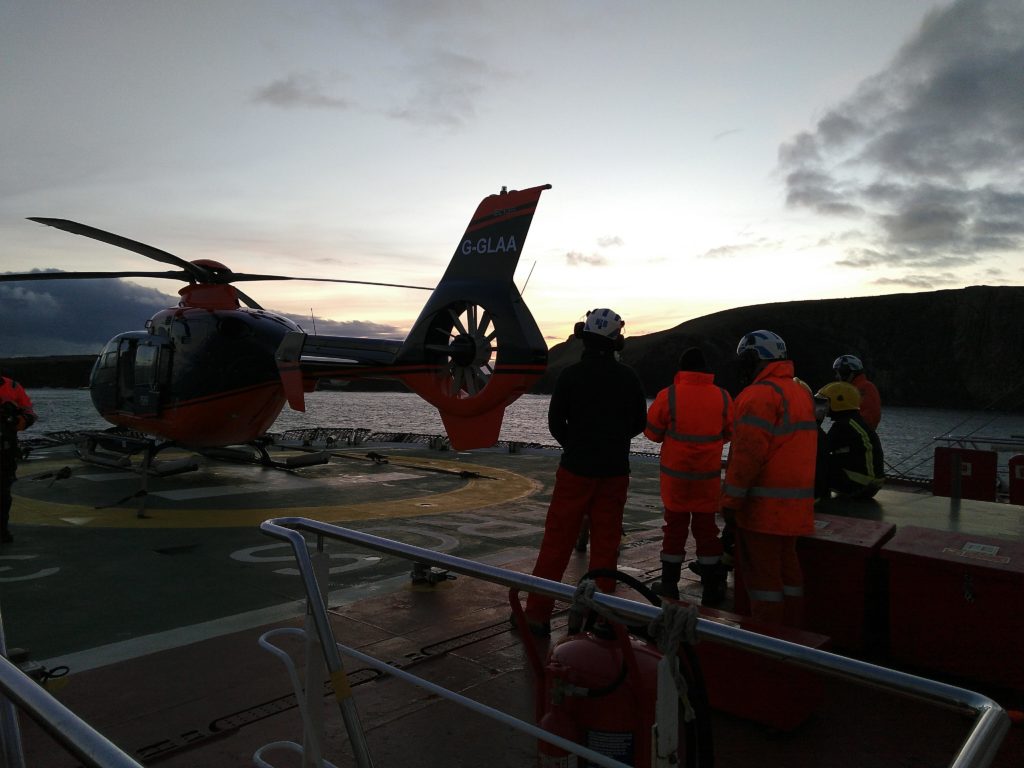
Publication
I have published part of my research concerning the age and structure of a major fault line on Shetland, the Walls Boundary Fault. This article highlights the importance of how different rock types influence the development of faults and links the Walls Boundary Fault to mainland Scotland’s geological history.
Durham University Structural Geology Research Group
Outside of my research, I manage the departments research group. This group is a platform for internal and external speakers to present their latest findings and for members to develop their technical research skills. Recently, we have also discussed issues relating to equality and diversity in geoscience, including celebrating international women’s day and decolonialising geoscience.
Twitter: @DU_Structural
Conferences
I have presented at numerous conferences nationally and internationally. Of note, to help present at Tectonic Studies Group (TSG) conference in 2019, I successfully applied to the Hatfield Trust. Read my report detailing my experience at the conference and gratitude to the Hatfield Trust.
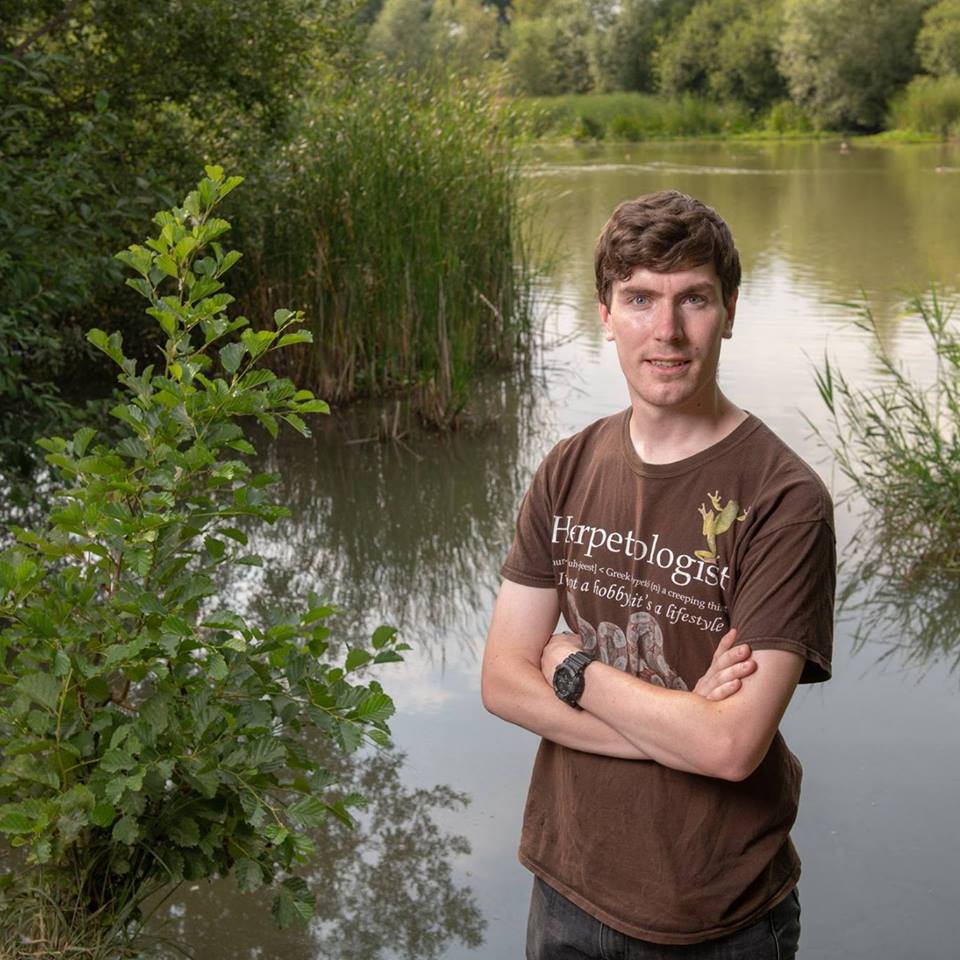
I’m a PhD student at the Durrell Institute of Conservation and Ecology, University Kent studying the population dynamics of the barred grass snake (Natrix helvetica) and the effects of ophidiomycosis. My passions include Great Britain’s native herpetofauna and what we can do to help both safeguard our reptiles and amphibians, whilst also working to educate the population on its importance. After all, people won’t protect what they don’t value or understand. You can find out more by following me on Twitter or by visiting my website.
DTP: C-CLEAR
Profile: Sophie Miocevich | Department of Earth Sciences (cam.ac.uk)